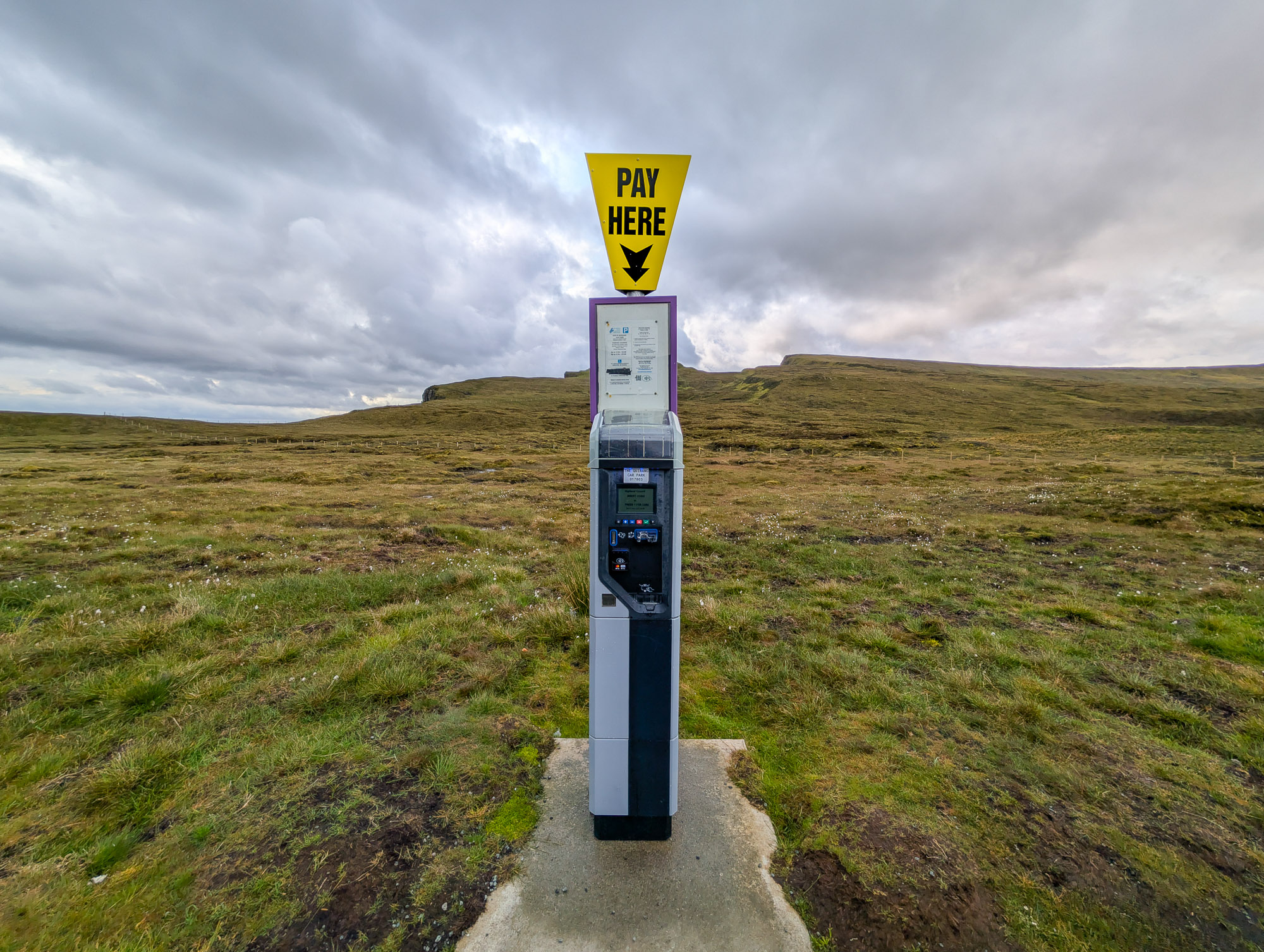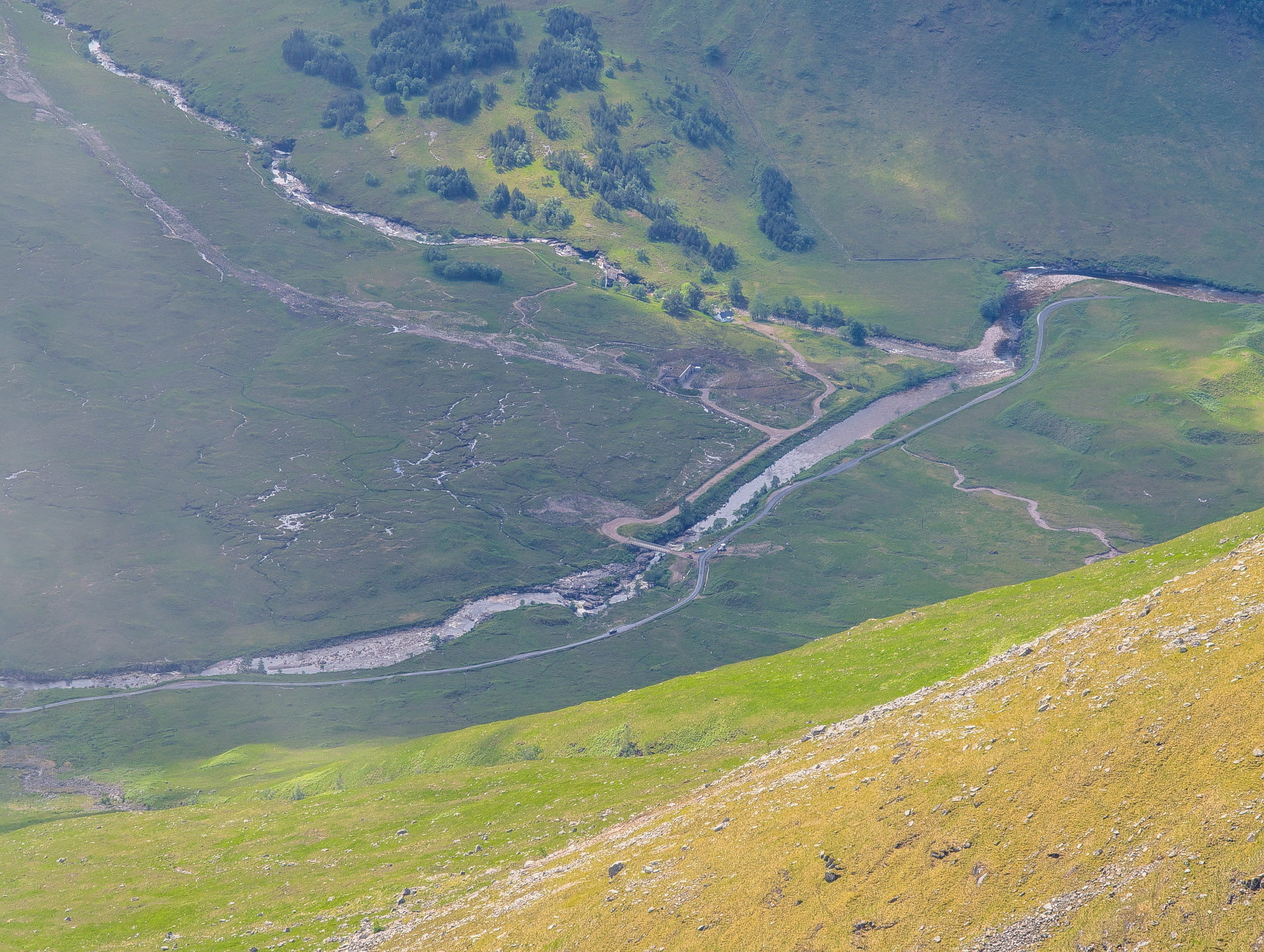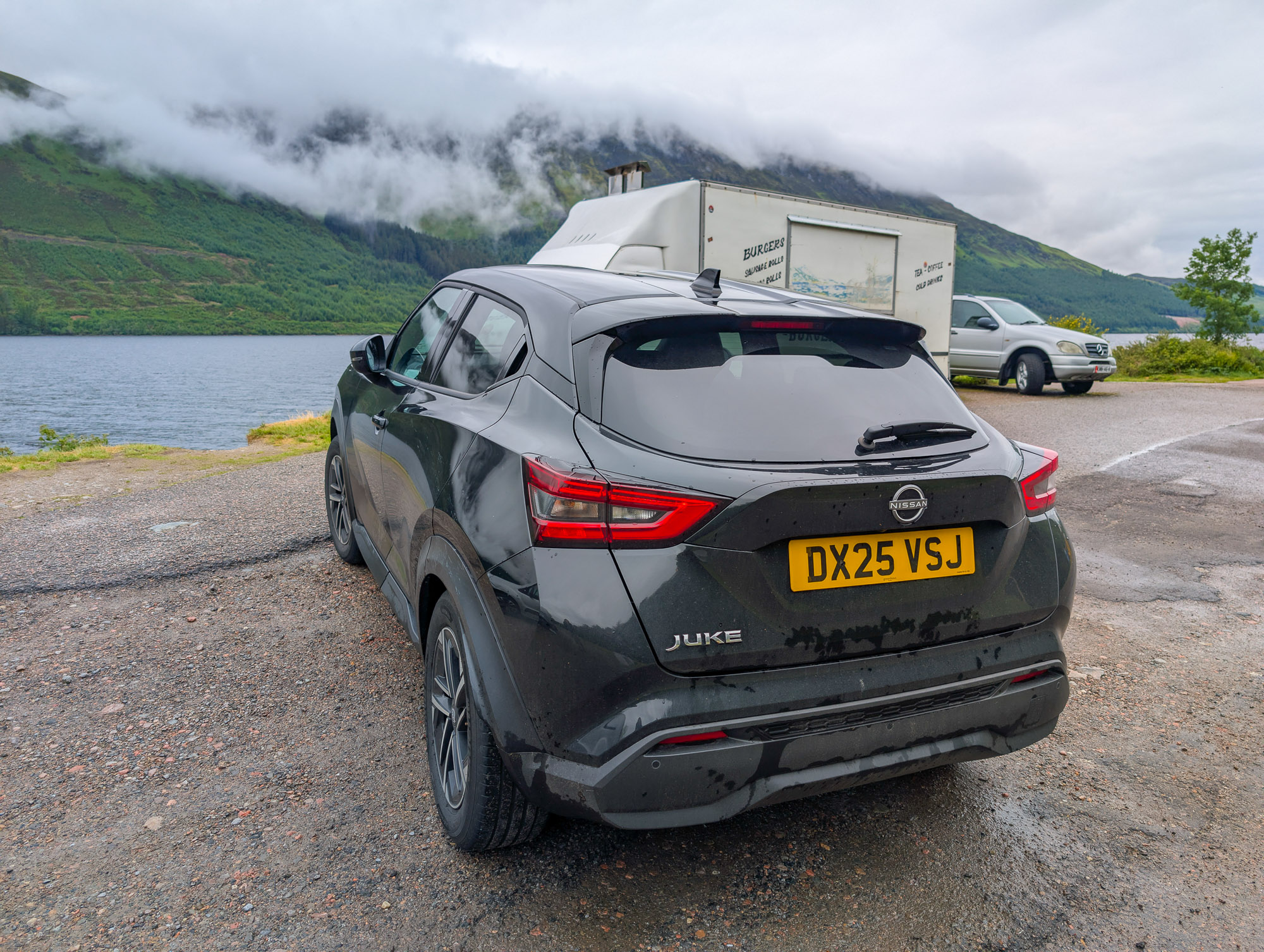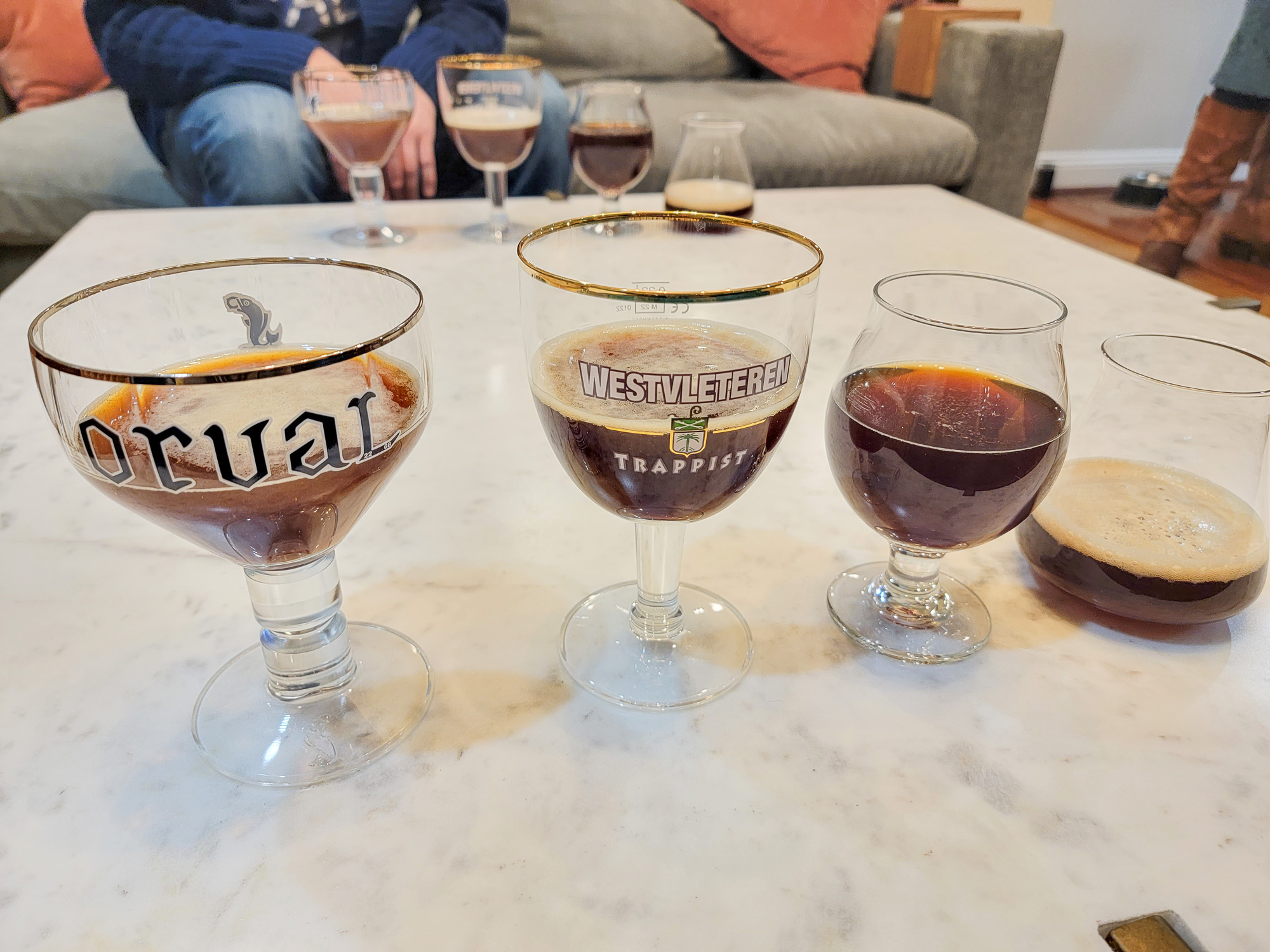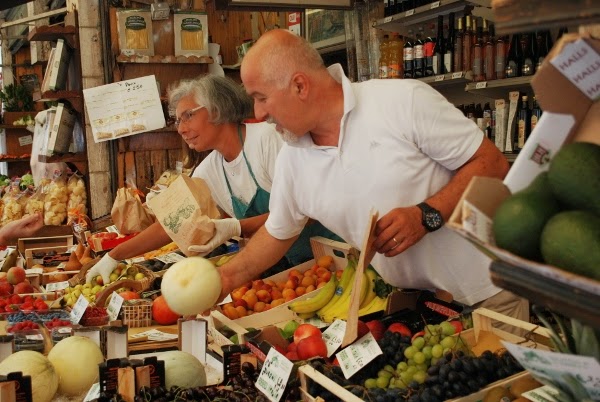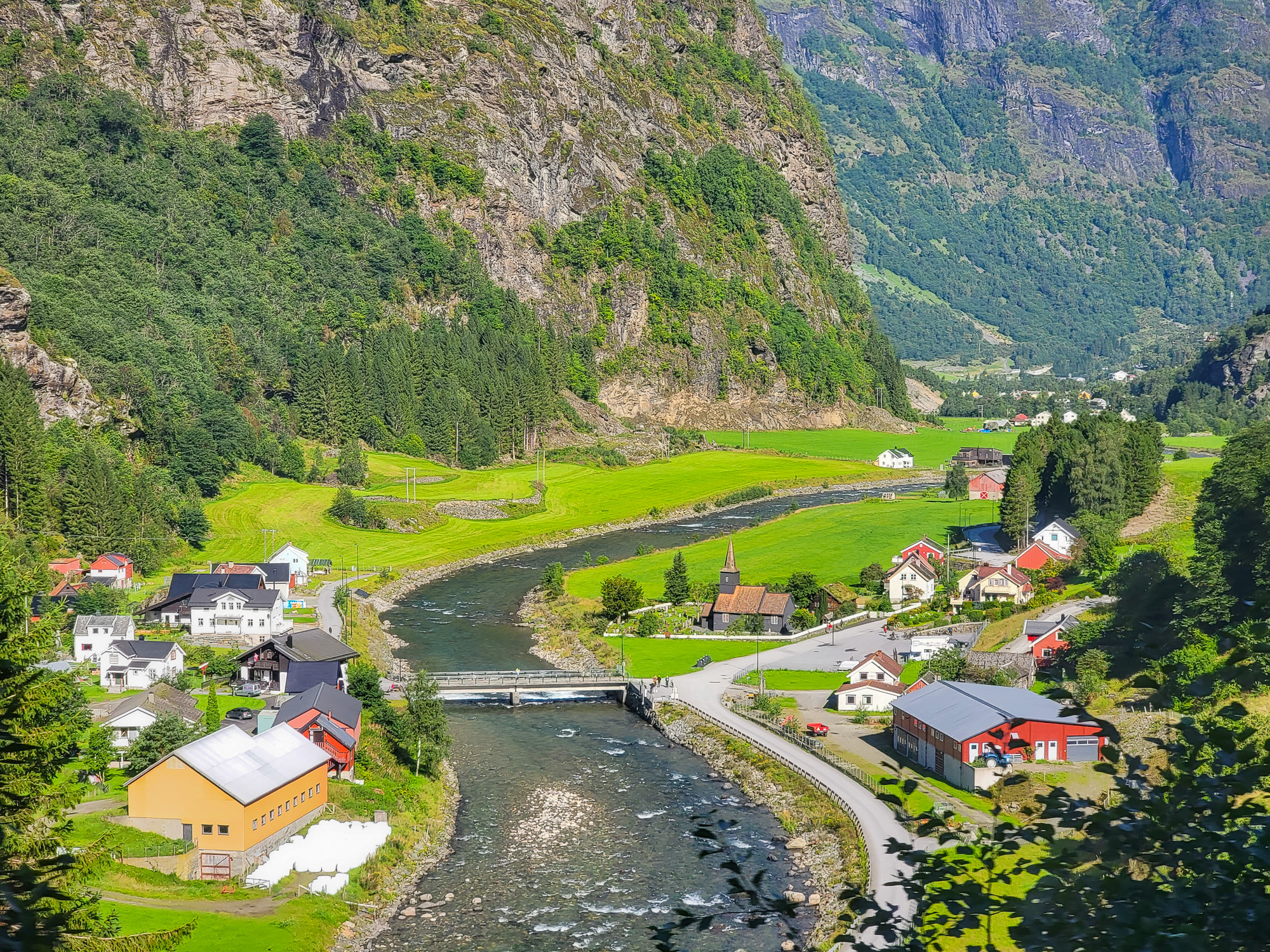Published by Jeremy. Last Updated on June 23, 2025.
Disclaimers: Our site uses demographic data, email opt-ins, display advertising, and affiliate links. Please check out our Terms and Conditions for more information. Listed prices and attraction details may have changed since our visit and initial publication.
Are you planning a trip to Scotland and wonder if you should rent a car for a road trip, despite driving on the left-hand side of the road?
Yes, you absolutely should.
Driving in Scotland was one of the easier places we’ve visited, and we were pleasantly surprised with how easy it was to get around with a rental car. But, as with all things, there are some important details you may want to think about before visiting, and we wanted to share those thoughts in this one!
✈️ Book Your Next Trip
- • Planning a trip? Find a flight deal.
- • In need of a room? Check out hotel and apartment prices.
- • Taking a cruise? Find a cruise itinerary for your journey.
- • Don't overlook picking up a rental car or day tours as well!
Left-Hand Driving and Road Markers
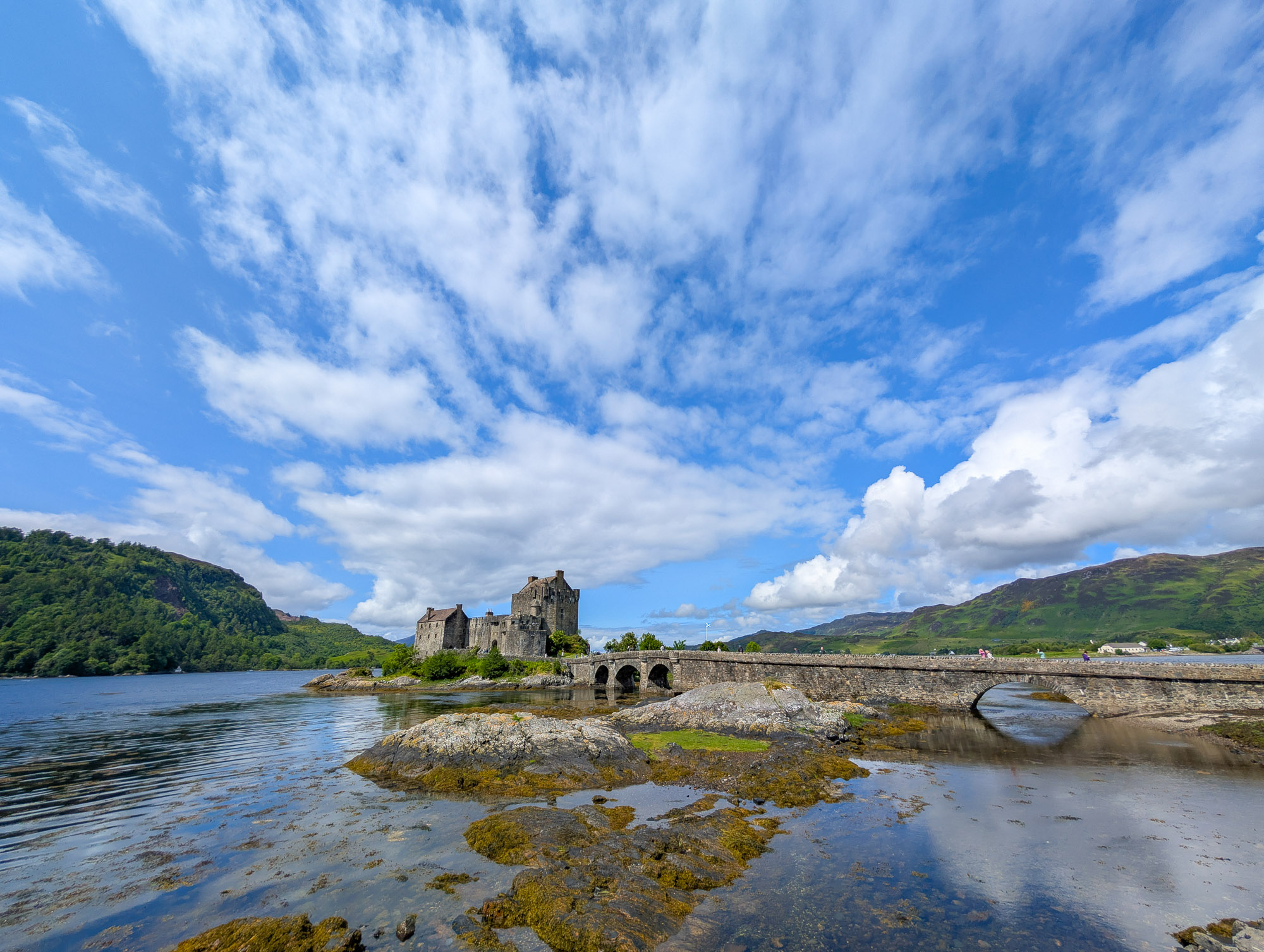
For many visitors to Scotland, it may be the first time that they drive on the left-hand side of the road.
While it isn’t terribly difficult (we have done so many times over the years), you’ll find many situations in Scotland where this could become an issue- both if you are a first-time driver on the left side and because others you might encounter may be first-time drivers on the left side.
The good news? Most major roads and roundabouts have clear signage to always keep left (our car even had stickers in the windshield reminding us to keep left).
I never felt like I was going to turn the wrong way getting on a highway or entering a roundabout, because markings on larger roads are just that good.
The bad news? Some roads don’t, including some parking lots in major tourist areas (think rural areas like in the Isle of Skye) and some residential roads in towns and cities.
In Isle of Skye, for example, we encountered several drivers using the wrong side simply due to no signage when leaving a parking lot. That’s on the drivers, of course, but is something that we witnessed happen multiple times- including one instance when there were cars exiting a lot in every single lane all at the same time.
In residential areas, we encountered many one-lane roads that allow two-way traffic. Most of the time, this was fine and easy to handle. But where it got weird is in some instances when they later split back into two lanes right before a stop or yield sign (this was quite common near our apartment in Inverness, in particular). For drivers who don’t realize that the road was always two-way, but only had a condensed width, the split at the end can be hard to remember.
So be vigilant and remember- always keep left.
Narrow Roads and Passing Places
Perhaps the most challenging part about driving around Scotland, particularly rural Scotland, is the one-lane roads allowing two-way traffic as noted above.
Thankfully, you’ll get used to seeing signs for “Passing Places”, or areas where the road has been widened slightly to allow for an opposing car to pass. They’re pretty much everywhere, and hard to miss. It was not uncommon for us to see two, three, or more in eyeshot when heading down a one-lane road that allowed two-way traffic.
That said, who is required to pull over feels a bit more flexible than a hard and fast rule- not necessarily based on whatever side of the road the Passing Place appears.
If a car sees another coming, and is near a Passing Place, they may pull over (or just slow down to allow you to overtake at the passing spot). Or multiple cars in a longer convoy may give way even if only one car is coming in the other direction. But given how frequent these areas are, simply be prepared to pull over as a courtesy if you are closer to the pull-off than the other car, and give them a signal with your high beams to ensure they know you’re giving up right of way.
You’ll be doing it a lot.
That said, Passing Places are also only large enough for anywhere from one to three cars to pull off. This can lead to some congestion if multiple cars are traveling closely together in both directions. While this was a rare occurrence (normally we’d have, say, three cars going one direction and one car in another), it does happen. So if you get stuck in the back of a line with multiple cars, especially three or more, consider slowing down to let those in front get to at least one more Passing Place in front of you to make things easier.
But, as with all roads of this nature, be sure to take blind corners at a safe rate of speed. The number of people we saw barreling around a corner on these roads while not at a Passing Place was fairly troubling. If you can’t see the road, you can’t see the possible car coming towards you, and that’s all there is to it.
Parking Fees Everywhere
One thing that surprised us was that nearly every parking lot in popular tourist areas required payment (where you get a receipt and place it on your dashboard). I’m not upset by this, but just thought it was interesting how common it was even in the most rural of places.
A trailhead in Isle of Skye an hour from town, where you may not even have cell signal? Pay terminal. Parking lots in most town centers? Pay terminal. Parking lots on private property, such as a castle that also had a separate ticketed entry? Yup, pay terminal just to park before you subsequently pay to enter.
I can probably count on one hand the number of non-paid lots we found at anything remotely tourist-oriented.
Now, I am admittedly quite fine with paying for parking to help maintain trails and both public and private spaces. But what was interesting in these instances was that prices varied significantly.
Some terminals had reasonable parking, say, two or three hours for £3 or £4 at a trailhead that takes two or three hours on average. Logical times, reasonable prices, and options for those who may be faster or slower hikers.
Other lots didn’t make as much sense. One lot at a trailhead a few miles down the road from the above example defaulted to a start time of six hours and a fee of £8. This caught us by surprise, if only because that trail took half the time as those accessed from the previously mentioned lots. Could we pay for just one hour? Nope, we had to pay for six whether we used all of that time or not.
The only logic we could make of this was that the more popular the stop, and the more amenities (see: toilets), the higher the price. But instead of asking for a flat rate for all-day access, the time allowed to park was increased proportionally- thus giving way longer parking times than we could see anyone actually needing. Still, we were scratching our heads at how wildly some of the options varied in price and time.
In any case, have your credit card ready. You’ll be paying for parking a lot.
Don’t Drink and Drive, Get a Driver’s Dram
It is always good practice to avoid drinking and driving, regardless of your location. But this is especially the case in Scotland, which has fairly strict drinking and driving laws (even stricter than England to the south!).
While it isn’t a fully zero tolerance policy, it is so strict that they more or less say one unit of alcohol will likely get you there (and two definitely will).
In many cases, this is not too hard to avoid. If you’re traveling around and staying near a town, you can probably walk to a pub. But if you’re traveling for tasting at distilleries, a flight would likely put you over the legal limit if you consumed it all.
Thankfully, many distilleries offer what is called Driver’s Drams, or takeaway drams that you fill with your sample whisky, so the driver can still participate but save their spirit to enjoy later. We wrote an entire article as to why Driver’s Drams are a great option, for more reasons than just safe driving, and recommend you read it if you’re interested in learning more.
But, suffice it to say, the point we are trying to make here is don’t drink and drive.
An SUV Isn’t a Bad Idea (But Not Necessary)
Finally, when we arrived, our car was not ready quite yet, and our car rental agency suggested we upgrade to an SUV due to the “poor conditions of the roads in rural Scotland.”
We did, if only to get any vehicle sooner as we had reservations to get to, and are kind of glad we did.
Rural roads have numerous potholes (particularly on the edges), the one-lane road commentary above compounds issues, and having a vehicle with higher clearance does help at times. (But we do have to chuckle, Pennsylvania has way worse roads than Scotland- it’s not even close.)
That said, we upgraded to a larger SUV, and conversely, it made some of the same issues noted above even more difficult at times. Pulling off at a Passing Lane? Less space. Navigating roads with narrow medians? Less space. We could go on.
So for as much as there are benefits to getting an SUV, you may also have some drawbacks. But, personally, we don’t regret getting an SUV, but we would recommend sticking to a more compact model, all the same. A full-size may be a bit too much unless you’re really well adept to driving them on narrow roads.
Overall, I didn’t think driving in Scotland was too bad. I admittedly have had practice driving on the left-hand side of the road before and on conditions that were perhaps harder than Scotland. But even if I ignored that, I really didn’t think driving in Scotland was too bad apart from some of the notable issues mentioned above.
Would I drive in Scotland again? Absolutely. Would I recommend you drive in Scotland if you’ve never driven on the left? Yes, yes I would. Just take it slow, stick to the left, perhaps don’t drive in Edinburgh city limits (it is a bustling city), and you’ll be good to go.
Do you have any tips for driving in Scotland? Comment below to share!
To book a rental car in Scotland, click here.
Book a Tour Scotland
Read More from the Scotland
Read More from Europe
About Jeremy
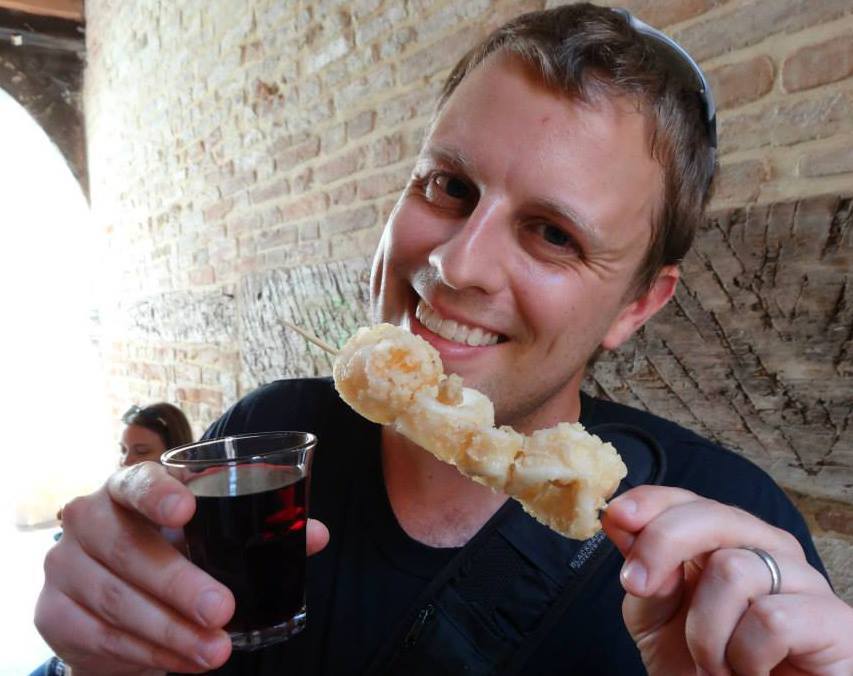
About the Author: Jeremy is a full-time travel writer based in Pittsburgh and primary author of this site. He has been to 70+ countries on five continents and seeks out new food, adventure activities, and off-the-beaten-path experiences wherever he travels.
